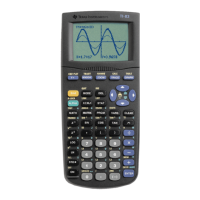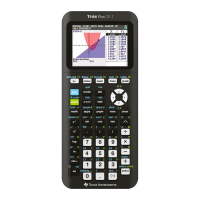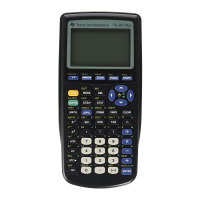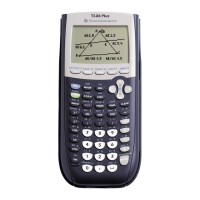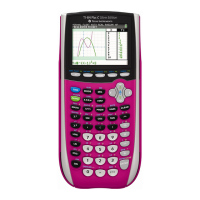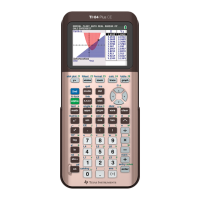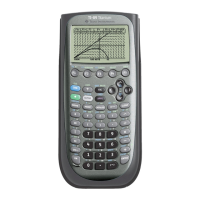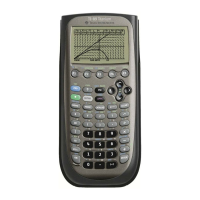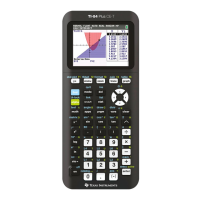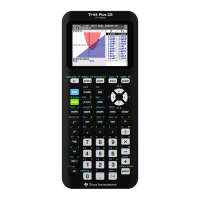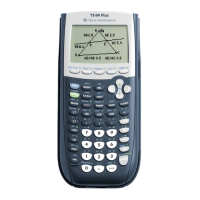2.16 Math, Angle, and Test Operations
82STAT~4.DOC TI-83 international English Bob Fedorisko Revised: 10/28/05 12:19 PM Printed: 10/28/05 12:20
PM Page 16 of 26
82STAT~4.DOC TI-83 international English Bob Fedorisko Revised: 10/28/05 12:19 PM Printed: 10/28/05 12:20
PM Page 16 of 26
The TI-82 STATS displays complex numbers in rectangular
form and polar form. To select a complex-number mode, press
z, and then select either of the two modes.
•
a+bi (rectangular-complex mode)
• re^qi (polar-complex mode)
On the TI-82 STATS, complex numbers can be stored to
variables. Also, complex numbers are valid list elements.
In
Real mode, complex-number results return an error, unless
you entered a complex number as input. For example, in
Real
mode ln(L1) returns an error; in a+bi mode ln(L1) returns an
answer.
Real mode a+bi mode
$$
Complex numbers are stored in rectangular form, but you can
enter a complex number in rectangular form or polar form,
regardless of the mode setting. The components of complex
numbers can be real numbers or expressions that evaluate to real
numbers; expressions are evaluated when the command is
executed.
Radian mode is recommended for complex number calculations.
Internally, the TI-82 STATS converts all entered trig values to
radians, but it does not convert values for exponential,
logarithmic, or hyperbolic functions.
In degree mode, complex identities such as e^(iq) = cos(q) + i
sin(q) are not generally true because the values for cos and sin
are converted to radians, while those for e^( ) are not. For
example, e^(i45) = cos(45) + i sin(45) is treated internally as
e^(i45) = cos(p/4) + i sin(p/4). Complex identities are always
true in radian mode.
Entering and Using Complex Numbers
Complex-Number
Modes
Entering
Complex
Numbers
Note about
Radian versus
Degree Mode
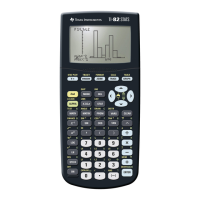
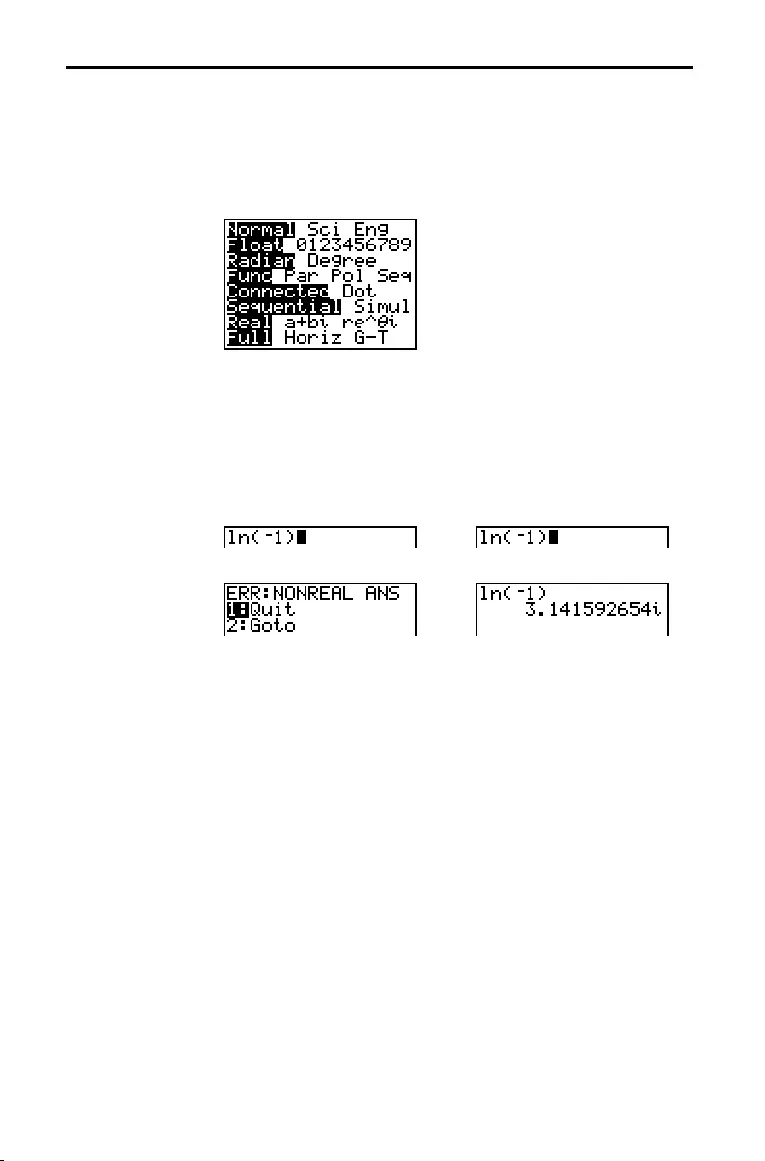